Entry Category: Counties, Cities, and Towns
Chester (Crawford County)
 Chester's Auto Repair
Chester's Auto Repair
 Chicago Mill and Lumber Company
Chicago Mill and Lumber Company
Chickalah (Yell County)
Chicot County
 Chicot Farms Surveyor
Chicot Farms Surveyor
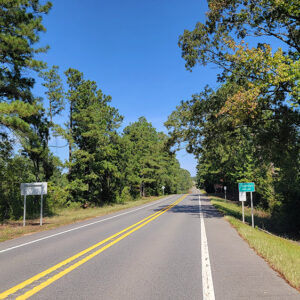 Entering Chidester
Entering Chidester
Chidester (Ouachita County)
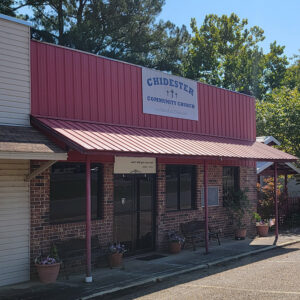 Chidester Church
Chidester Church
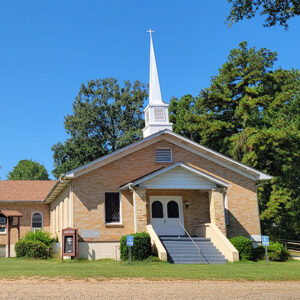 Chidester Church
Chidester Church
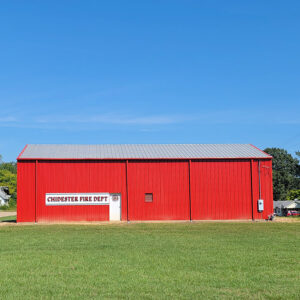 Chidester Fire Department
Chidester Fire Department
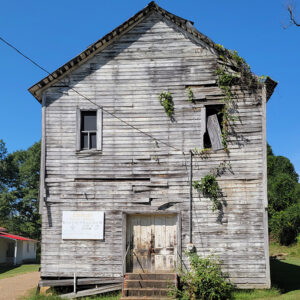 Chidester Masonic Lodge
Chidester Masonic Lodge
 Chidester Post Office
Chidester Post Office
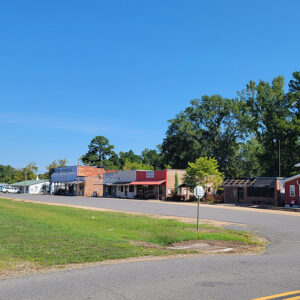 Chidester Street Scene
Chidester Street Scene
 Chidester Street Scene
Chidester Street Scene
 Chidester Street Scene
Chidester Street Scene
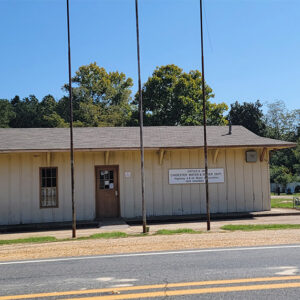 Chidester Utilities
Chidester Utilities
Chinn Spring (Independence County)
Chinquapin (Independence County)
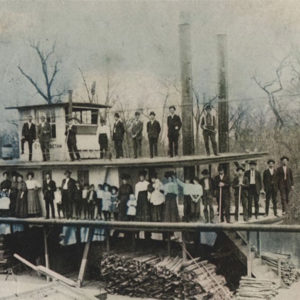 Choctaw Steamboat
Choctaw Steamboat
 Christ Statue
Christ Statue
 Christadelphian School
Christadelphian School
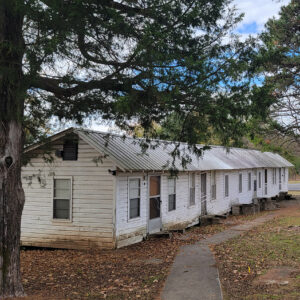 Christadelphian School Bungalows
Christadelphian School Bungalows
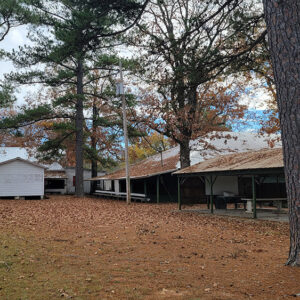 Christadelphian School Grounds
Christadelphian School Grounds
 Christadelphian School Playground
Christadelphian School Playground
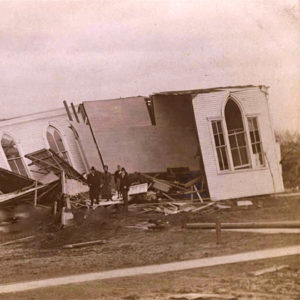 Church Destroyed
Church Destroyed
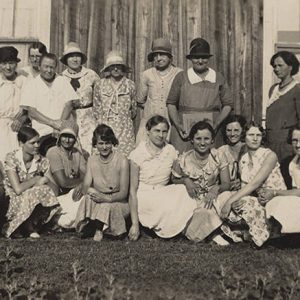 Church Ladies Aid Society
Church Ladies Aid Society
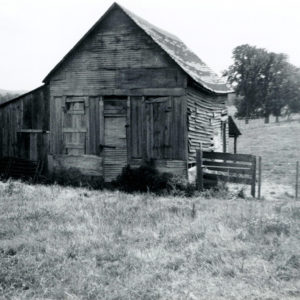 Cincinnati Post Office
Cincinnati Post Office
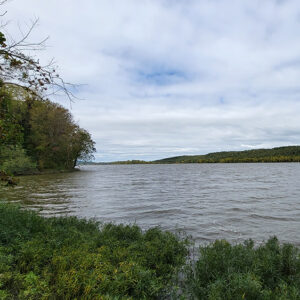 Citadel Bluff
Citadel Bluff
 Citizens Bank and Trust Company
Citizens Bank and Trust Company
 City of Jacksonville
City of Jacksonville
 Civil War Marker
Civil War Marker
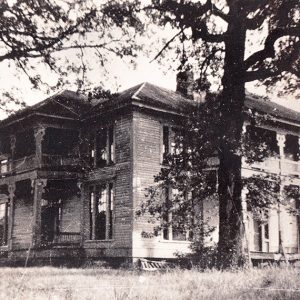 Clardy-Lee House
Clardy-Lee House
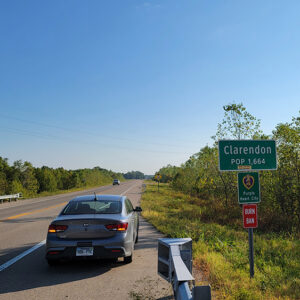 Entering Clarendon
Entering Clarendon
Clarendon (Monroe County)
 Clarendon Access
Clarendon Access
 Clarendon Bridge
Clarendon Bridge
 Clarendon Button Factory
Clarendon Button Factory
 Clarendon Church
Clarendon Church
 Clarendon City Hall
Clarendon City Hall
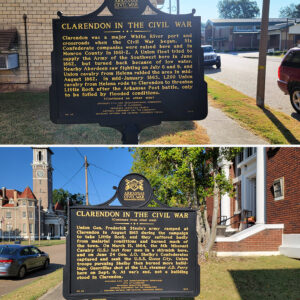 Clarendon Civil War Marker
Clarendon Civil War Marker
 Clarendon Fire Department
Clarendon Fire Department
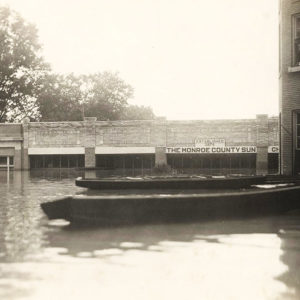 Clarendon Flood
Clarendon Flood
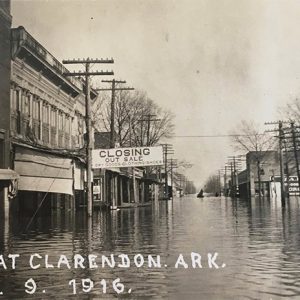 Clarendon Flood
Clarendon Flood
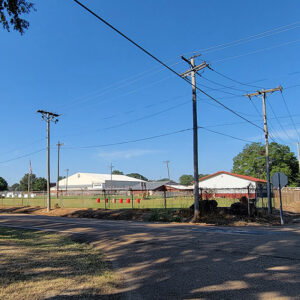 Clarendon High School
Clarendon High School
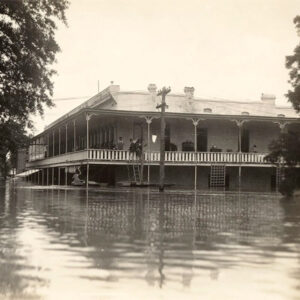 Clarendon Hotel
Clarendon Hotel
 Clarendon Post Office
Clarendon Post Office
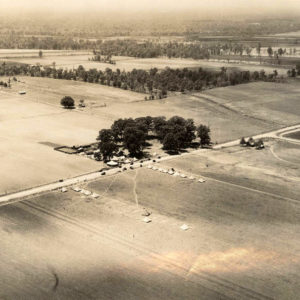 Clarendon Refugees
Clarendon Refugees
 Clarendon Riverfront
Clarendon Riverfront




